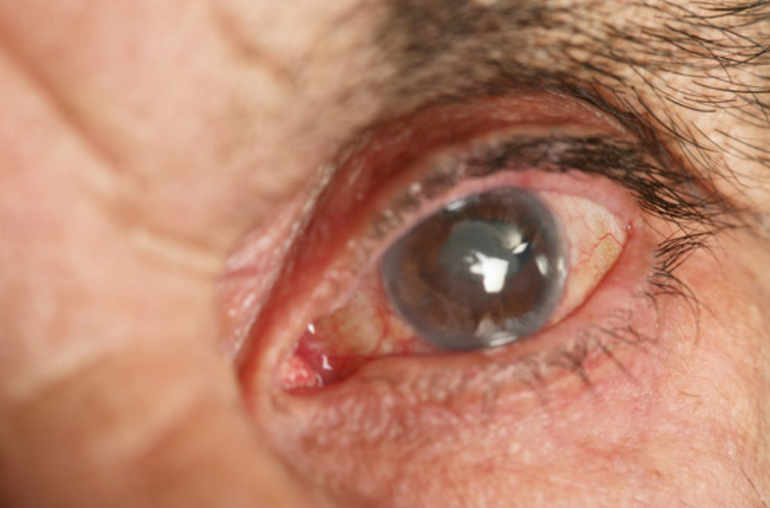Cataracts: What’s New?
Types of Cataracts
Cataracts are categorized into three main types: by age, by location within the eye, and by underlying cause.
Age-related cataracts, also known as senile cataracts, are the most common type and simply result from the aging process. They appear without other precipitating factors.
Cataracts can also be classified by their location within the lens:
- Nuclear cataracts: Opacity develops in the lens's nucleus (center). These tend to develop slowly, affecting distance vision more than near vision. They are typically age-related.
- Cortical cataracts: Characterized by white, wedge-shaped opacities starting at the lens periphery and extending toward the center. They affect the lens cortex (the area surrounding the nucleus). Less common than nuclear cataracts, they sometimes occur with diabetes mellitus and more significantly impact near vision.
- Posterior subcapsular cataracts (posterior polar cataracts): Appear in the back, outermost layer of the lens. They often progress rapidly, causing glare. Individuals with diabetes or those taking high-dose steroids have a higher risk. More common in younger individuals than nuclear and cortical cataracts.
Beyond age and location, cataracts can be classified by their cause:
- Metabolic cataracts: Associated with metabolic disorders, primarily diabetes mellitus.
- Congenital cataracts: Present at birth or developing within the first three months of life. These can be linked to genetic conditions or maternal illnesses during pregnancy (e.g., toxoplasmosis, rubella).
- Traumatic cataracts: Result from eye trauma, regardless of the type or severity of the injury.
- Toxic cataracts: Associated with chronic use or abuse of certain medications or toxins, with corticosteroids being a common culprit.
Signs and Symptoms of Cataracts
The lens opacity caused by cataracts hinders clear vision. Initially, it may feel like blurry glasses or a haze.
As the condition worsens, distinguishing faces and features becomes difficult, potentially leading to seeing only shadows or indistinct shapes. Key symptoms include:
- Blurry vision: A feeling of something obstructing clear sight.
- Glare: Bright or dark spots appearing in vision or peripheral areas.
- Photophobia (light sensitivity): Difficulty focusing in bright light, often causing headaches.
- Difficulties with daily activities: Challenges with driving, reading, and writing.
Multiple symptoms often coexist. However, the gradual development of cataracts can lead to unnoticed progression and adaptation to poor vision.
Diet and Cataracts
Numerous studies confirm a positive correlation between a healthy diet and cataract prevention. The Mediterranean diet serves as a valuable model for promoting eye health.
Key foods to include for optimal eye health and lens protection are:
- Leafy green vegetables: Rich in zeaxanthin and lutein (carotenoids), which act as powerful antioxidants protecting against photo-oxidative damage.
- Milk, dairy products, cereals, nuts, legumes: Excellent sources of vitamin E, which studies show reduces cataract risk by 40-45%.
- Citrus fruits, apples, bananas, tomatoes, peppers: High in vitamin C, strengthening the immune system and protecting eye structures.
- Carrots: Rich in vitamin A, a powerful antioxidant protecting eye structures, including the lens, from cellular aging.
EXPRESS QUOTE
Would you like more information
Your health, our priority.
Request your free quote
Cataracts and Advances in Pharmacotherapy
Cataract treatment is primarily surgical, involving lens replacement with an artificial intraocular lens (IOL).
Medication plays a crucial role before, during, and after surgery to minimize complications (e.g., infections) and facilitate the procedure (e.g., pupil dilation).
Advances in Cataract Surgery
Cataract surgery utilizes advanced technology throughout the process, from preoperative planning and surgical execution to postoperative care.
Technological innovation significantly enhances surgical precision, accuracy, and repeatability, moving towards robotic-assisted procedures that surpass the capabilities of the human hand.
